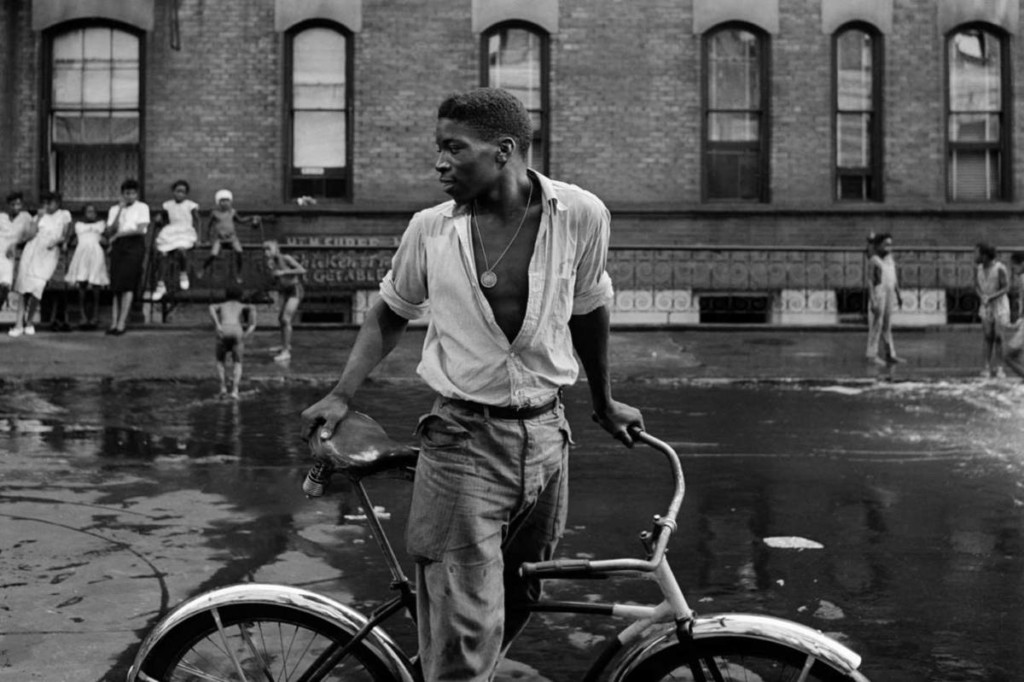The Buzz on Framing Streets
The Buzz on Framing Streets
Blog Article
Framing Streets Can Be Fun For Everyone
Table of ContentsThe Buzz on Framing StreetsThe smart Trick of Framing Streets That Nobody is Talking AboutSome Of Framing StreetsThe Main Principles Of Framing Streets The Main Principles Of Framing Streets The Only Guide to Framing Streets
, generally with the objective of recording images at a crucial or emotional moment by cautious framework and timing. https://framingstreets1.start.page.
Our Framing Streets Statements
Susan Sontag, 1977 Street digital photography can concentrate on individuals and their behavior in public. In this regard, the street digital photographer is comparable to social docudrama professional photographers or photojournalists that additionally work in public places, however with the aim of capturing relevant events. Any one of these professional photographers' images might catch people and residential property noticeable within or from public places, which commonly entails navigating honest issues and laws of privacy, safety, and residential property.
Depictions of everyday public life create a category in nearly every period of globe art, starting in the pre-historic, Sumerian, Egyptian and very early Buddhist art periods. Art dealing with the life of the road, whether within views of cityscapes, or as the leading motif, appears in the West in the canon of the Northern Renaissance, Baroque, Rococo, of Romanticism, Realism, Impressionism and Post-Impressionism.
Get This Report about Framing Streets
Louis Daguerre: "Blvd du Temple" (1838 or 1839) In 1838 or 1839 the very first photograph of numbers in the street was videotaped by Louis-Jacques-Mand Daguerre in one of a set of daguerreotype views taken from his studio window of the Boulevard du Temple in Paris. The 2nd, made at the height of the day, reveals an unpopulated stretch of road, while the other was taken at about 8:00 am, and as Beaumont Newhall reports, "The Boulevard, so constantly full of a moving bunch of pedestrians and carriages was flawlessly singular, except a person that was having his boots brushed.
, that was motivated to undertake a comparable documentation of New York City. As the city created, Atget helped to promote Parisian streets as a worthy subject for photography.

Our Framing Streets Ideas
The principal Mass-Observationists were anthropologist Tom Harrisson in Bolton and poet Charles Madge in London, and their first record was created as the publication "May the Twelfth: Mass-Observation Day-Surveys 1937 by over two hundred viewers" [] Window cleaner at Kottbusser Tor, Berlin, by Elsa Thiemann c. 1946 The post-war French Humanist College photographers found their topics on the road or in the restaurant. Between 1946 and 1957 Le Groupe des XV every year showed work of this kind. Andre Kertesz. Circus, Budapest, 19 May 1920 Street photography developed the significant content of 2 exhibits at the Gallery of Modern Art (Mo, MA) in New york city curated by Edward Steichen, 5 French Photographers: Brassai; Cartier-Bresson, Doisneau, Ronis, Izis in 1951 to 1952, and Post-war European Photography in 1953, which exported the idea of road photography internationally.

The Ultimate Guide To Framing Streets
, after that an educator of young children, associated with Evans in 193839.'s 1958 publication,, was considerable; raw and frequently out of emphasis, Frank's pictures examined conventional digital photography of the time, "challenged all the official rules laid down by Henri Cartier-Bresson and Pedestrian Evans" and "flew in the face of the wholesome pictorialism and wholehearted photojournalism of American magazines like LIFE and Time".
Report this page